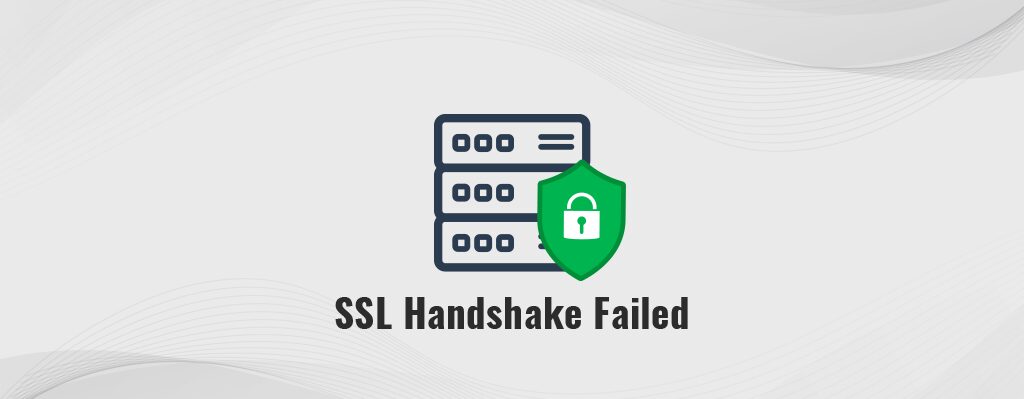The SSL Handshake Failed error is a common issue that many website owners and users encounter. It occurs when there is a problem with the secure connection between a web server and a web browser. This error can have various causes and implications, and it is important to understand them in order to effectively troubleshoot and fix the issue.
One of the main causes of the SSL Handshake Failed error is an expired or invalid SSL certificate. SSL certificates are used to establish a secure connection between a website and a user’s browser. They contain important information such as the website’s identity, encryption key, and expiration date. If the certificate is expired or invalid, the SSL handshake cannot be completed, resulting in the error.
Another common cause of the SSL Handshake Failed error is outdated protocols and cipher suites. These are used to encrypt the data being transmitted between the web server and the browser. If the protocols and cipher suites are outdated, they may not be compatible with the latest security standards, causing the SSL handshake to fail.
Troubleshooting Steps to Fix the SSL Handshake Failed Error
If you encounter the SSL Handshake Failed error, there are several steps you can take to troubleshoot and fix the issue. The first step is to check for common issues such as expired or invalid SSL certificates, outdated protocols and cipher suites, and incorrect server configurations. These can be easily fixed by renewing the SSL certificate, updating the protocols and cipher suites, and adjusting the server settings.
Checking for Common Issues: Certificates, Protocols, and Cipher Suites
To check for common issues, you can use online tools such as SSL Checker and SSL Labs to scan your website and identify any problems with your SSL certificate, protocols, and cipher suites. These tools will provide detailed reports and recommendations on how to fix the issues. It is important to regularly check for these issues to ensure that your website is always secure and accessible to users.
Updating Browser and Operating System to Resolve SSL Handshake Failed Error
If the SSL Handshake Failed error persists after checking for common issues, the next step is to update your browser and operating system. Outdated browsers and operating systems may not support the latest security standards, causing the SSL handshake to fail. By updating to the latest versions, you can ensure that your browser and operating system are compatible with the latest security protocols.
Advanced Solutions: Clearing Cache, Disabling Firewall, and Adjusting Security Settings
If updating your browser and operating system does not resolve the SSL Handshake Failed error, there are a few advanced solutions that you can try. These include clearing your browser’s cache, disabling your firewall temporarily, and adjusting your security settings. Clearing the cache can help resolve any conflicts or errors that may be causing the SSL handshake to fail. Disabling the firewall can also help if it is blocking the secure connection. Adjusting your security settings can also help if they are too strict and not allowing the SSL handshake to be completed.
Seeking Professional Help: When All Else Fails in Fixing the SSL Handshake Failed Error
If you have tried all the troubleshooting steps and the SSL Handshake Failed error still persists, it may be time to seek professional help. A web developer or IT specialist can help identify and fix any underlying issues with your website’s SSL certificate, server configurations, or security settings. They can also provide guidance on how to prevent the error from occurring in the future.
In conclusion, the SSL Handshake Failed error can be caused by various factors such as expired or invalid SSL certificates, outdated protocols and cipher suites, and incorrect server configurations. By understanding the causes and implications of this error, and following the troubleshooting steps outlined in this article, you can effectively fix the issue and ensure that your website is secure and accessible to users. Remember to regularly check for common issues and update your browser and operating system to prevent the SSL Handshake Failed error from occurring. And if all else fails, do not hesitate to seek professional help to resolve the issue.


COMMENTS